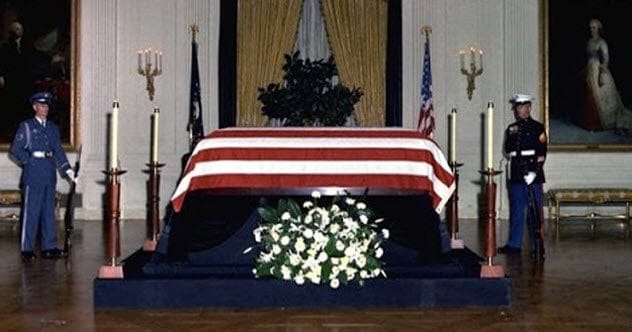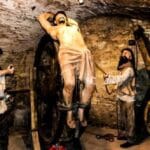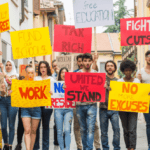The assassination of President John F. Kennedy on November 22, 1963, remains a day etched in history, shrouded in sorrow and endless conspiracy theories. Official reports tell one story, but many believe there’s more to it, suspecting the government hasn’t shared everything. The recent release of thousands of previously classified JFK files didn’t drop one single bombshell to solve the mystery. However, they did unveil some intriguing details that might just surprise you. Let’s explore ten of these fascinating findings.
10. Lee Harvey Oswald’s Connection To Russia
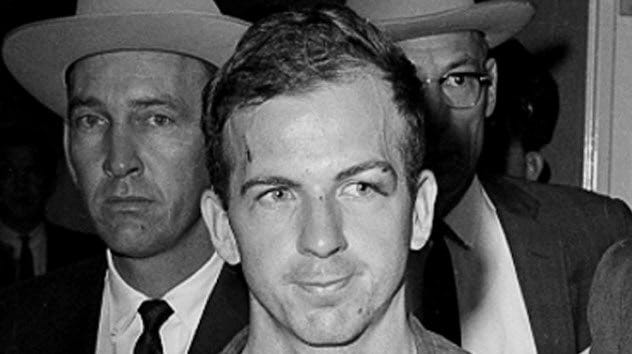
It’s known that Lee Harvey Oswald visited Mexico City before President Kennedy’s assassination. The newly released documents offer deeper insight into his activities there. A cable from Mexico City, dated just a day after the assassination, reveals the CIA had been monitoring Oswald since his trip on September 28, 1963. This cable includes a partial transcript of a phone tap.
In the recording, a man identified as Lee Harvey Oswald, speaking broken English, calls the Russian consulate. He mentions having already provided his address and requests another meeting. Interestingly, when the Russian ambassador starts speaking English, Oswald insists they communicate only in Russian. This detail confirms Oswald had direct communications with the Russian government, adding another layer to his mysterious profile.
9. A $1.2 Million Bounty on Fidel Castro
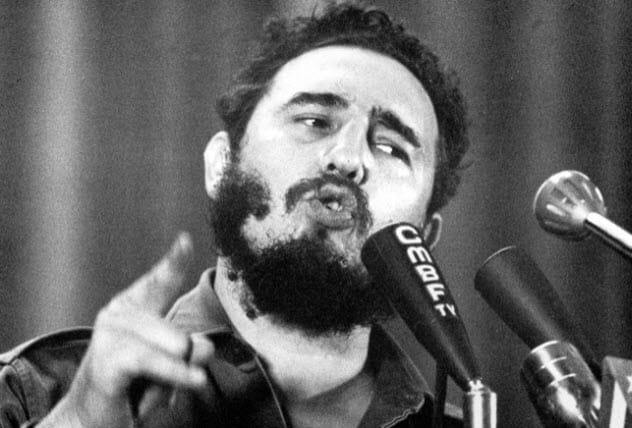
A 1964 FBI memo sheds light on plots against Cuban leader Fidel Castro. It states that a government agency, referred to as MM T-1, received information about certain Cuban exiles seeking money to assassinate Castro and other high-ranking Cuban officials. The initial asking price for Castro’s assassination was $150,000, plus $5,000 for expenses. In today’s money, that’s nearly $1.2 million for the hit and around $40,000 for expenses.
The memo mentions a counteroffer of $100,000 (almost $800,000 today) for Castro and $20,000 (around $160,000 today) for other officials. However, when interviewed, the individuals involved denied any concrete plans to risk their lives to take down Castro. They admitted to discussing the satisfaction Castro’s death would bring, but none showed a willingness to carry out the act themselves.
8. Cuban Retaliation Risk for JFK Plots: Considered Low
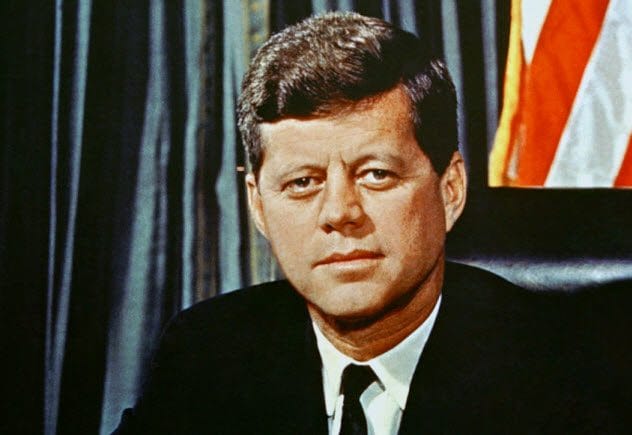
Did the Cuban government plot to kill President Kennedy as revenge for CIA-sponsored assassination attempts against Fidel Castro? A 1979 staff report from the Select Senate Committee investigated this very question. The committee studied the evolution and implications of conspiracies against Castro.
Their conclusion was that it was unlikely Castro and the Cuban government conspired to assassinate JFK. The committee believed that the devastating response from the U.S. government, if such Cuban plots were discovered, meant the risks far outweighed any potential rewards for Castro. Essentially, they felt Castro wouldn’t take such a gamble.
7. Lyndon B. Johnson: Suspicions of KKK Membership
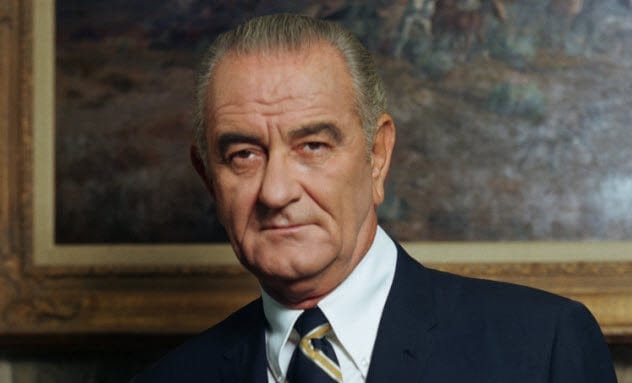
After President Kennedy’s death in 1963, Lyndon B. Johnson was sworn in as president. Some theories suggest LBJ was involved in a conspiracy to remove JFK from power. Jackie Kennedy’s own reported suspicions further fueled these ideas. Adding to this, an FBI report released in the JFK files notes that various investigating agencies seemed more focused on “covering up the facts” rather than uncovering the truth about the assassination.
Most startlingly, this same FBI report concludes with a claim from an informant. The informant alleged they had proof that Lyndon B. Johnson had once been a member of the Ku Klux Klan (KKK) in Texas. This revelation certainly adds a dark shadow to LBJ’s historical image.
6. Allegations of Sex Parties Involving JFK
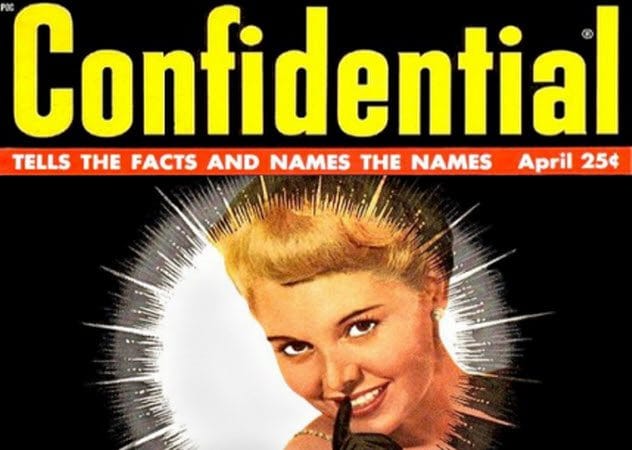
A 1960 FBI memo addressed to Deputy Associate Director Cartha DeLoach details an interview with a call girl named Sue Young. The interview concerned alleged sex parties involving then-Senator John F. Kennedy and his brother-in-law, actor Peter Lawford. The questioning was conducted by Fred Otash, a well-known Hollywood private detective. Otash was trying to gather damaging information on Kennedy for the upcoming November election.
The information was reportedly intended for publication in a tabloid magazine called Confidential. Young was questioned about her supposed involvement in “sex parties” that allegedly included JFK, Lawford, Frank Sinatra, and Sammy Davis Jr. However, Sue Young ultimately denied all these claims.
5. FBI Attempted to Warn Dallas PD of Threat to Oswald’s Life
Lee Harvey Oswald was arrested for JFK’s murder. As he was being transferred from Dallas police headquarters to a county jail, nightclub owner Jack Ruby shot him. Many theories exist about Ruby’s motives. A recently released document reveals something quite telling: a “committee” had apparently been formed to kill Oswald.
A memo written shortly after Oswald’s death by FBI Director J. Edgar Hoover notes this. Hoover stated that the FBI’s Dallas office had received a call from someone claiming to be part of this committee dedicated to killing Oswald. The Dallas Police Department was informed of this threat. In the same memo, it’s mentioned that Jack Ruby denied being part of any such committee and also denied making the warning call to the FBI.
4. Cuban Corruption Plot in the US Congress
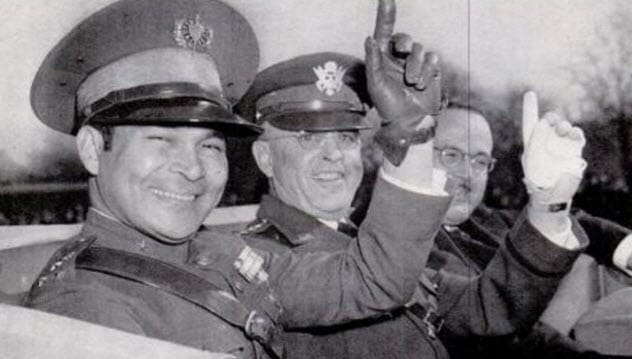
Fulgencio Batista, the overthrown Cuban dictator, was seeking to relocate to the United States. An FBI memo reveals a plot to bribe several U.S. individuals to ensure Batista’s safe entry. The plan involved a U.S. congressman, a lawyer, and two other accomplices.
The deal allegedly called for $150,000 to be divided among these four parties in exchange for securing Batista’s passage into the U.S. The FBI took this information seriously and investigated. However, the investigation found that Batista ultimately decided against the offer and sought refuge elsewhere, so the bribery plan never came to fruition.
3. CIA’s Bizarre Skin-Diving Suit Assassination Plot
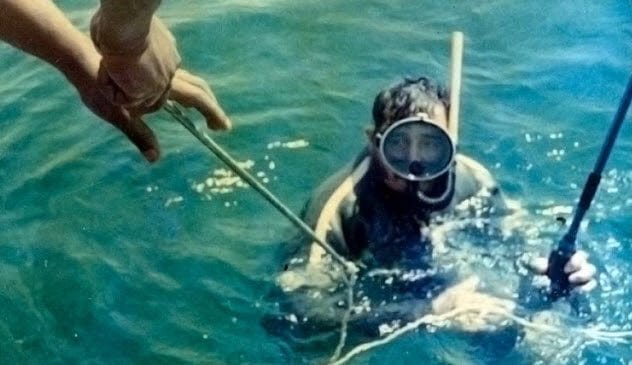
A “Top Secret” document titled “Organized Crime, Assassination of Foreign Leaders” outlines a peculiar plan to kill Fidel Castro. James Donovan, a lawyer and famed negotiator (known from the movie “Bridge of Spies”), was unwittingly involved. The CIA knew Castro enjoyed skin diving.
The plan was for Donovan to give Castro a contaminated skin-diving suit during a meeting to negotiate the release of a Bay of Pigs prisoner. The suit was to be lined with a fungus that would cause a severe skin disease. The breathing apparatus was also to be tainted with a poison that would attack Castro’s lungs, ultimately killing him. However, Donovan, perhaps taking the moral high ground, apparently delivered a clean, uncontaminated suit to Castro instead.
2. The CIA’s Exploding Seashell Scheme Targeting Castro
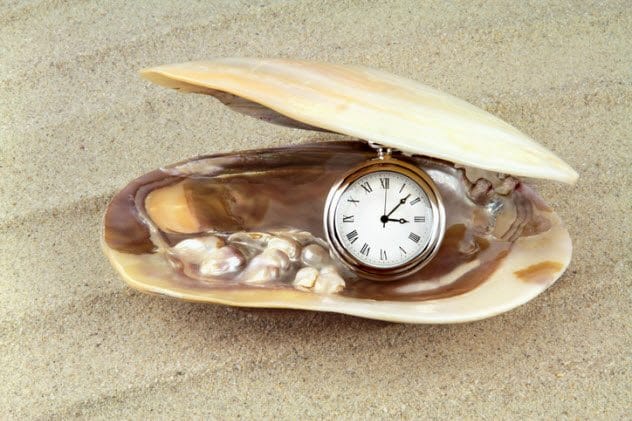
If the poisoned diving suit wasn’t enough, the CIA had other creative ideas for assassinating Fidel Castro. According to a 1975 document, the agency considered another underwater plot. This plan involved placing an unusually large and beautiful seashell in an area where Castro frequently dived.
The idea was that the seashell would be so spectacular that Castro couldn’t resist picking it up. Of course, this seashell would be packed with powerful explosives, set to detonate when lifted. This was expected to eliminate the Cuban leader. However, after further consideration, the CIA concluded that no seashell would be large or convincing enough for the plan to work, so the explosive seashell idea was scrapped.
1. Operation Bounty: Castro’s Symbolic Two-Cent Price
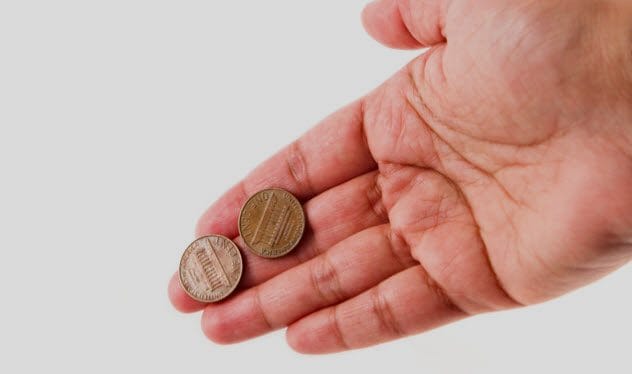
An FBI report discusses various clandestine operations, including anti-Castro activities and plots against foreign leaders. It mentions an “Operation Bounty” aimed at Cuban officials, similar to the information gathered by the MM T-1 agency about rebels willing to kill Castro for a price.
This operation was a broader assassination plot. The CIA planned to airdrop leaflets over Cuba showing pictures of targeted individuals and the bounties on their heads. The goal was to eliminate anyone contributing to Cuba’s communist movement, including high-ranking officials. Bounties were set at $100,000 for government officers and up to $57,500 for department heads. However, for Fidel Castro himself, the CIA was reportedly willing to pay only $0.02 – just two cents. This was likely a symbolic gesture, meant to declare his supposed worthlessness to the Cuban people.
The release of these JFK files may not have solved the ultimate mystery, but they certainly offer a richer, sometimes stranger, understanding of the events and atmosphere of that era. They paint a picture of Cold War tensions, complex covert operations, and the deep anxieties that gripped the nation.
What’s your take on these JFK file revelations? Which finding surprised you the most? Share your thoughts in the comments below!


